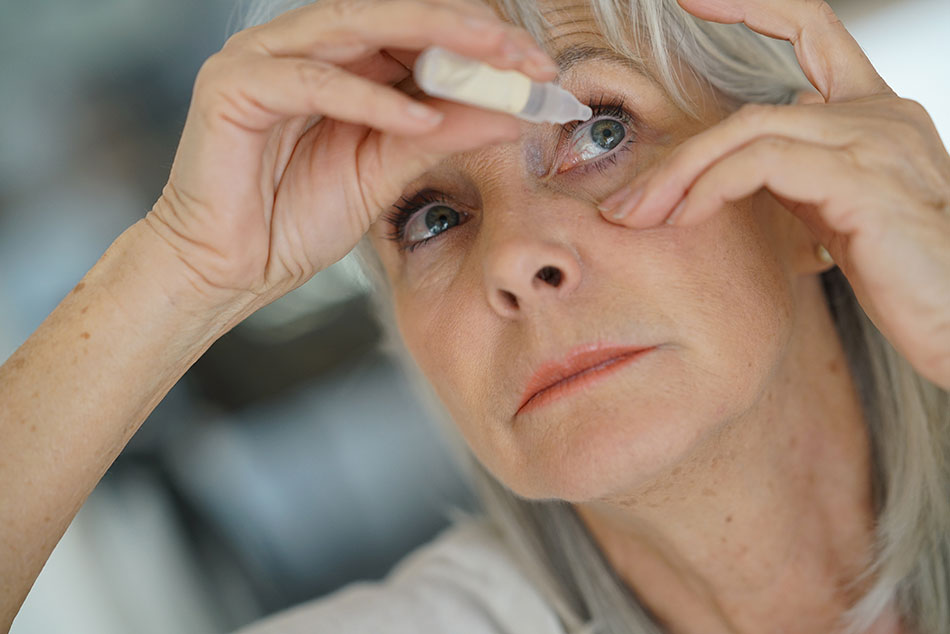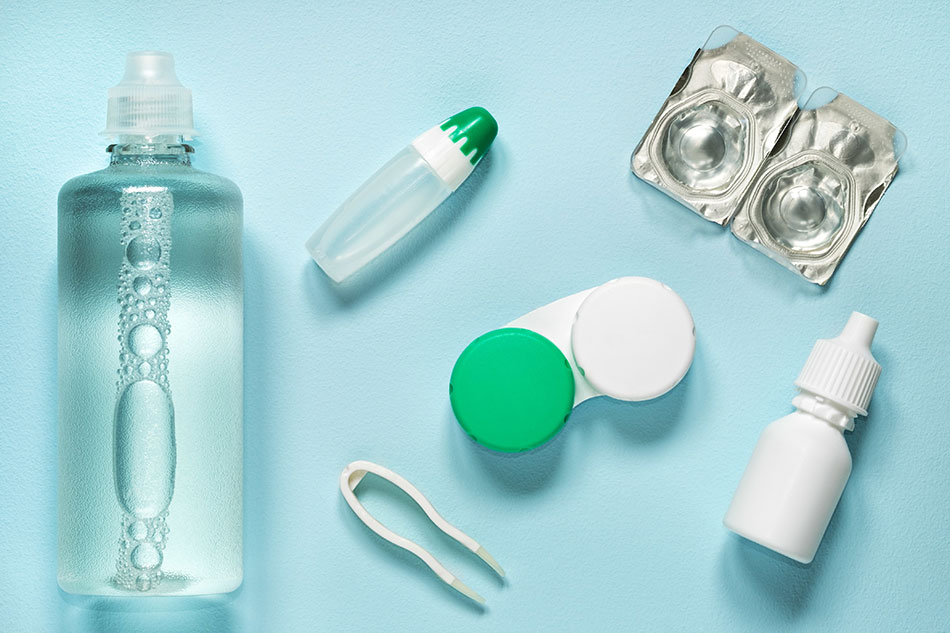What to Do if You Slept With Contacts In

Nearly one million people in the U.S. each year develop keratitis, a painful corneal condition. Around 58,000 even end up in the ER.
One of the leading causes? Poor contact lens hygiene, including sleeping with contacts in.
While it can happen to anyone, wearing contacts overnight is risky. Lenses can restrict oxygen, trap bacteria, and increase the chance of infection or long-term eye damage. Whether you have done it once by accident or it happens often, here is what you need to know and how to protect your eyes.
Why Sleeping With Contacts Is Risky
When you close your eyes with contacts in, less oxygen reaches the cornea. This lack of oxygen can cause dryness and irritation and create the perfect environment for bacteria to grow.
Two common complications include:
- Keratitis: inflammation of the cornea caused by bacteria or overwear.
- Corneal neovascularization: new blood vessels form in the cornea to compensate for oxygen deprivation. These vessels can cause scarring and threaten vision.
Even one night of sleeping with lenses can increase the risk, especially if lenses tighten on the eye and cause micro-tears on the cornea.

What To Do Immediately After Sleeping With Contacts In
Woke up and realized you left your lenses in? Here is what to do:
- Give your eyes time to rehydrate: If the lenses feel stuck, do not pull them out right away.
- Use rewetting drops: Apply them to restore moisture until the lenses loosen.
- Remove carefully: Once rehydrated, gently remove the lenses. Do not force them out.
- Switch to glasses: Let your eyes rest for the day and avoid reinserting lenses.
- Disinfect your lenses: If they are reusable, store them in fresh solution before using again.
If you cannot remove your lenses or discomfort persists, call your optometrist. Keep a bottle of rewetting drops or backup glasses nearby for emergencies.
What About Extended Wear Lenses?
Some lenses are designed for continuous wear, allowing more oxygen to reach your eyes. While these may be safer for overnight use, most eye care professionals still recommend removing them nightly when possible.
If you are prone to forgetting, ask your doctor whether daily disposable lenses are a better choice. They are designed for single use, so you will always start with a fresh, clean lens.

Signs of Infection To Watch For
What are the signs of eye infection caused by sleeping with your contacts in? The most common ones include:
- Redness
- Sensitivity to light
- Swelling or inflammation
- Eye pain
- Burning or itching
- Extra tears
- Eye discharge or pus
If you experience any of these symptoms, you might need to book an examination as soon as possible. Remove your contacts and make an appointment with your eye doctor.
Early-stage infections are easy to treat with antibiotic drops. Your optometrist can identify early stages of corneal neovascularization or keratitis and give you the appropriate treatment.
Eye Protection and Contact Care

Our eyes are precious and sensitive. But if you slept with contacts in, it's not the end of the world. Everyone does it at some point. This doesn't mean you should make a habit out of it though.
Remove them right away upon waking. Clean your contacts and put them away. Then moisturize with rewetting drops and wear your glasses to allow your eyes to relax and heal. If symptoms persist, call your optometrist.
What's the best way to avoid this situation and protect your eyes when wearing contacts? Wearing daily lenses and removing them every night!
Sleeping With Contacts In FAQs
Can I sleep with my contacts in for one night?
While one night might not always cause lasting harm, it increases the risk of dryness, irritation, or infection. Always remove them before bed when possible.
What happens if I accidentally sleep with contacts in?
You may experience redness, dryness, or discomfort. In severe cases, it can cause keratitis or corneal damage. Remove lenses and let eyes rest.
How do I safely remove contacts after sleeping in them?
Use rewetting drops first, then gently remove lenses once they rehydrate. Do not force them. If they are stuck, call your eye doctor.
Are there contacts safe to sleep in?
Yes, some continuous wear lenses allow overnight use. However, most eye care professionals recommend removing them daily for best eye health.
When should I see a doctor after sleeping with contacts in?
If you notice pain, redness, light sensitivity, or discharge, remove lenses immediately and contact your optometrist.
